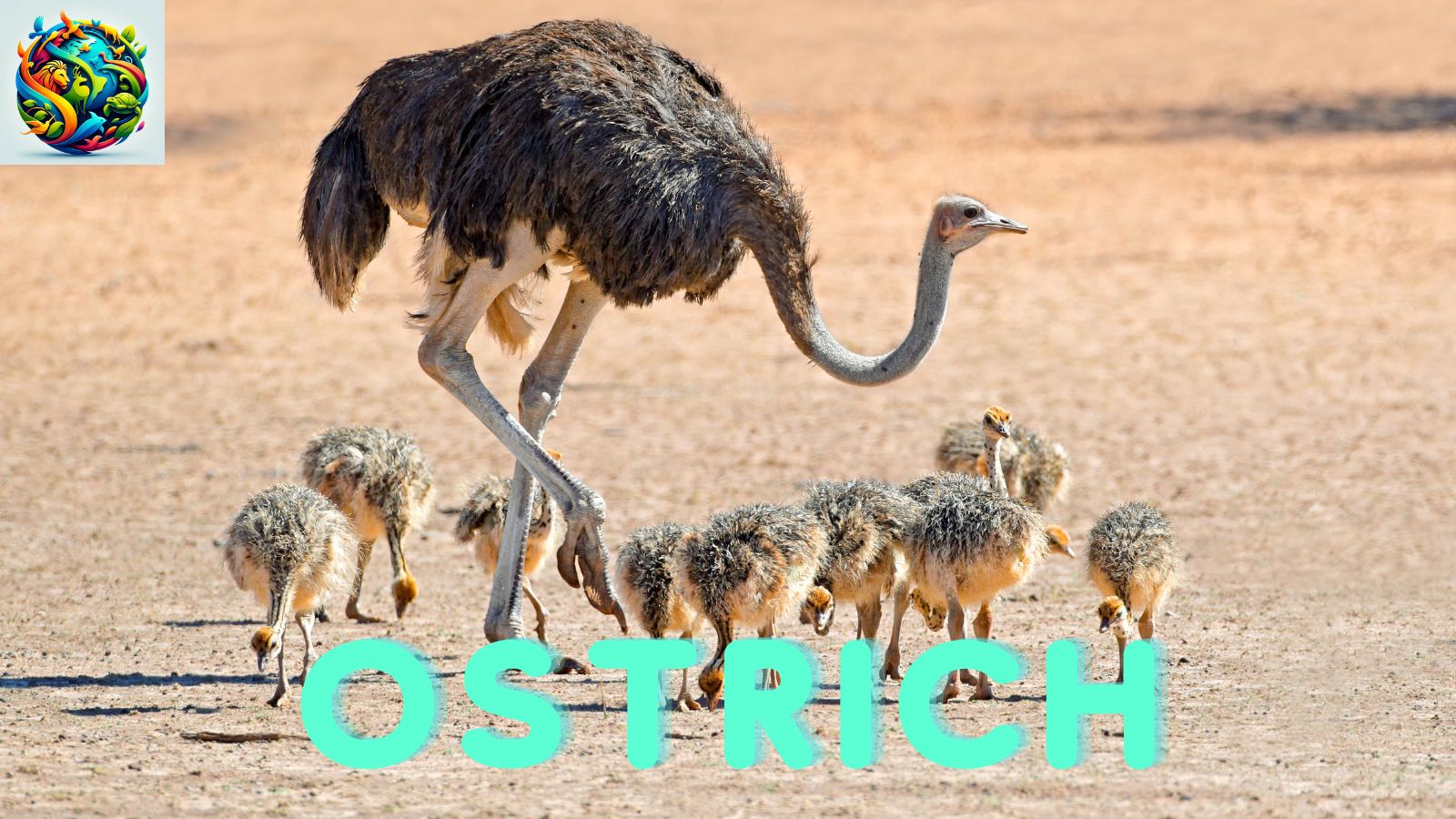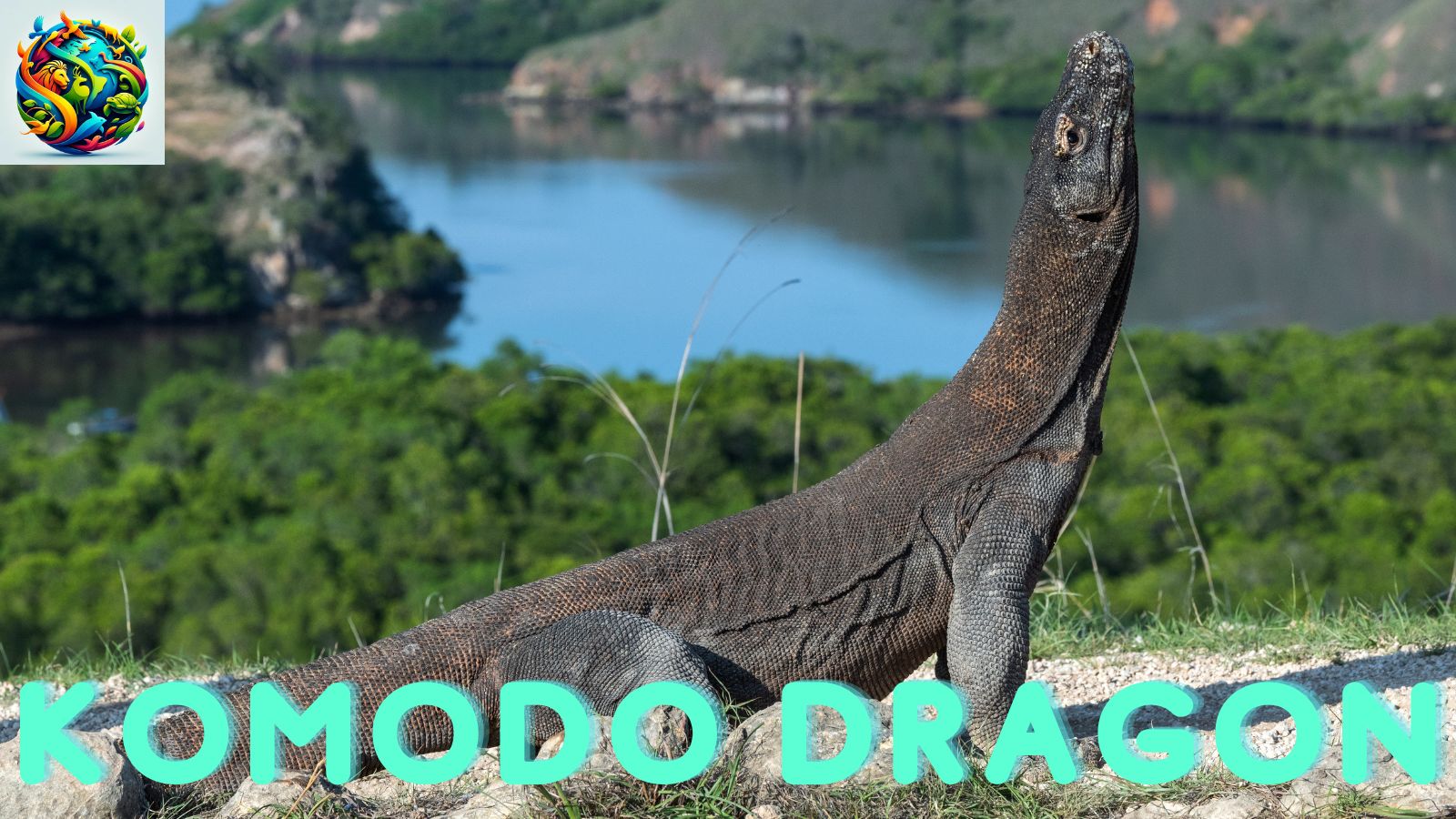Top 10 Largest Animals on Planet Earth
Top 10 Largest Animals on Planet Earth
It’s seriously mind-blowing—the list of the Top 10 Largest Animals! Get ready to be blown away by this epic list of the absolute biggest animals in the world across different categories! Brace yourselves for some mind-blowing facts!
Blue whales:
- The largest animals on Earth are known for their large size, weight, and role as filter feeders.
- They can reach 100 feet in length and weigh 100–200 tons, with one heart weighing as much as a compact car.
- Blue whales migrate across oceans and use whale songs for communication and mating.
- Conservation efforts have helped their populations recover from 20th-century whaling, but they are still endangered.
- Reproduction is slow, with females having one calf after 10–12 months of gestation.
- Blue whale longevity is unknown, but it is predicted to be 70–90 years.
- These magnificent creatures are crucial for marine ecosystems and are a cause for global fascination.
Fin Whale:
- Fin whales are the second-largest whale species, second only to blue whales.
- They can grow up to 85 feet long, with females being larger than males.
- They weigh 50–80 tons and have a unique coloration, with white on the right and dark grey on the left.
- They filter water with baleen plates on their mouths and migrate across oceans.
- Their vocalizations include low-frequency moans and pulses.
- Despite being endangered, fin whale populations have recovered through conservation and preservation activities.
- Female fin whales give birth to one calf after 11 months of gestation.
African Elephant: One of the Top 10 Largest Animals
- African elephants are the largest land animals, with a unique physical and social structure.
- They have sexual dimorphism, with bulls weighing 5,000 to 14,000 pounds and cows weighing less.
- Male and female elephants can have tusks, modified incisor teeth, which have been illegally poached due to ivory demand.
- Their trunk functions include breathing, sniffing, drinking, grabbing, and communicating.
- African elephants have large, flagging ears that regulate body temperature.
- They live in savannas, woodlands, and deserts, and their main diet is greens, leaves, bark, and fruits.
- They live in complex families, with communication being crucial for maintaining herd social connections.
- Conservation efforts include anti-poaching, habitat protection, and community-based programs to reduce human-elephant conflicts.
Sperm Whales:
- The largest toothed whales have giant heads, square snouts, and left-sided blowholes.
- Males are larger than females, with females at 52–67 feet (16–20.5 meters).
- Known for bulbous heads, it is valued for oil production in the spermaceti organ.
- Large lower jaw teeth, primarily squid, consume marine life.
- Divers who reach over 10,000 feet can dive and submerge.
- Produce complicated clicks and codas, affecting communication, echolocation, and deep-ocean prey location.
- Pods of females raise young, while mature males wander alone or in small groups.
- Not endangered, but affected by fishing gear, ship collisions, and pollution.
- Monitoring and protection are ongoing for IUCN Red List-vulnerable whales.
Giraffe:

- Giraffes are the tallest land animals, standing at 18 feet for males and slightly shorter for females.
- They live in savannas, grasslands, and woodlands in Africa, from South Africa to Niger.
- They eat leaves, flowers, and fruits due to their long necks and prehensile tongues.
- Giraffes have a unique cardiovascular system, pumping blood up their long necks to their brains.
- They live in towers and are social, with no hierarchy.
- Giraffes have one calf after 15 months of gestation, with births occurring while the mother is standing.
- Their unique coat pattern blends with their habitat.
- Threats include habitat loss, human-wildlife conflict, and poaching.
- Wild giraffes can live up to 25 years, depending on predation, diseases, and human threats.
Saltwater Crocodile: One of the Top 10 Largest Animals
- The largest living reptile species, saltwater crocodiles, are massive, with males reaching over 20 feet and weighing over 2,000 pounds.
- Habitats include mangrove swamps, estuaries, and river mouths in Southeast Asia, Northern Australia, the Indian subcontinent, and the Western Pacific.
- Apex predators include fish, crabs, birds, and mammals, with the ability to kill large mammals.
- Can swim in fresh and saltwater, with specialist salt glands aiding in salt elimination.
- Known for ambush hunting, they wait along the water’s edge to catch prey.
- Females lay eggs in vegetation nests, guarded by the mother.
- Conservation efforts have led to some population recovery, but the IUCN Red List classifies them as “Least Concern.”.
Ostrich:

- Ostriches are the largest and heaviest bird, weighing 220 to 290 pounds and standing 9 feet tall.
- They are flightless but can sprint at 45 mph.
- Ostriches inhabit savannas, grasslands, and deserts in Africa.
- They eat plants, seeds, insects, and small animals, with their muscular gizzard breaking down food.
- Ostriches have loose, silky black and white feathers, with females being drab and males more black and white.
- Large eyes enable them to see predators from afar.
- The dominant male can mate with numerous females, incubating eggs in communal nests.
- Ostriches can hiss, boom, and squawk, and males may roar during courtship.
- Ostriches are not internationally threatened and are domesticated for meat, feathers, and leather.
Arctic Polar Bears: One of the Top 10 Largest Animals
- Polar bears, the world’s largest terrestrial carnivore, live in the Arctic Circle, including the Arctic Ocean and its waters.
- Their body adaptations include thick fur and blubber, large, powerful paws for swimming and walking on sea ice, and partly webbed toes for water propulsion.
- Polar bears hunt seals on sea ice near breathing holes or dens.
- They can swim considerable distances for food.
- Climate change-induced sea ice loss threatens their long-term survival.
- Female polar bears give birth in snow and ice dens, allowing cubs to learn survival techniques.
- Threats include climate change, pollution, oil and gas development, and human-bear confrontations.
- Polar bear conservation activities include climate change, pollution, and habitat protection.
Whale shark:
- Whale sharks are the world’s largest fish, reaching 60 feet (18 meters) long.
- They live in tropical and warm-temperate oceans, near coral reefs in coastal and open ocean environments.
- They have a flattened head, a large mouth, and light dots and stripes on their dark skin.
- Whale sharks are filter feeders, swimming with their lips open to eat plankton and small fish.
- They are calm and slow, feeding on plankton by swimming near the surface with their jaws open.
- Whale shark reproduction is unclear due to its ovoviviparous nature.
- They are “endangered” on the IUCN Red List due to boat strikes, illicit fishing, and habitat deterioration.
- Tourism and research are popular, allowing researchers to study whale shark behavior and biochemistry.
- Conservation efforts are crucial for ocean health and balance.
Komodo dragon: One of the Top 10 Largest Animals

- The Komodo dragon is the world’s largest lizard, with males reaching 8–9 feet and weighing 200 pounds.
- They inhabit tropical savannas, grasslands, and woodlands and are top predators on southeastern Indonesian islands.
- They are carnivores, consuming deer, wild boar, water buffalo, and smaller animals.
- Their saliva contains venom, making their bite lethal.
- They reproduce sexually, with females laying eggs in earth nests that hatch after 7–8 months.
- Their rough skin provides good camouflage, and they use their tongues to sense air scents.
- The IUCN lists the Komodo dragon as vulnerable, facing habitat loss, human encroachment, and prey declines.
- Komodo National Park regulates visitor interactions to protect the species.
These sizes are approximate and can vary depending on factors such as age, sex, and environmental conditions. but this is the most-rated list of Top 10 Largest Animals on Planet Earth





